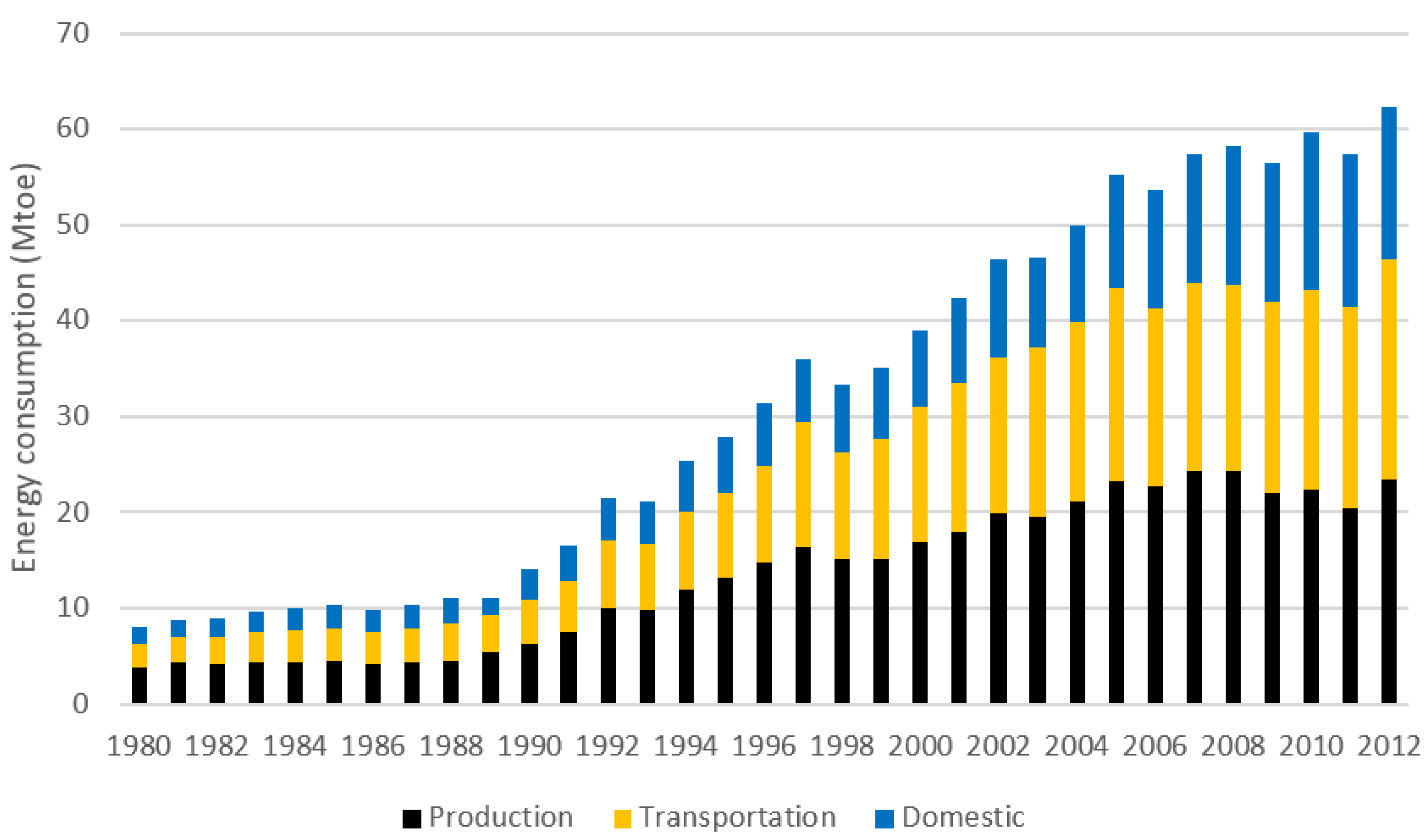Energy Consumption In Malaysia Pdf

It should be noted that malaysia export electricity and in 2007 2268 billion kwh were sold for export.
Energy consumption in malaysia pdf. Malaysia energy statistics handbook 2015 7 year reserves of natural gas by region in trillion standard cubic feet tscf peninsular sabah sarawak non associated associated total associated non associated total non associated associated total 1980 17 960 6 220 24 180 0 970 0 970 14 640 1 880 16 520 1981 17 330 5. Article history keywords energy consumption environmental pollution government spending ardl. Energy commission also acts as the focal point for energy data and statistics in malaysia therefore the publication of malaysia energy statistics handbook amongst other publications falls under the responsibility of energy commission. The electricity consumption during the period grew at an annual average growth rate of 8 2 to.
In malaysia buildings consume a total of 48 of the electricity generated. The megtw is in the process of finalising a national energy efficiency master plan neemp from 2011 to 2020. Skip to content malaysia energy information hub statistics. Of electric energy per year.
Ec are responsible to prepare and publish national energy balance publication ec are responsible to give feedback by local and international parties. The energy statistics handbook is a handy guide that summarises the key energy data and statistics in malaysia. Increasing concerned by authorities in developed and developing economies on environmental cleanness cause government. Buildings consume up to 40 of the total global energy.
Malaysia is beginning to promote energy efficiency improvement efforts by setting goals and action plans. Malaysia energy information hub. Energy consumption in malaysia the most important measure in the energy balance of malaysia is the total consumption of. Malaysia could provide itself completely with self produced energy.
Malaysia s final energy consumption had increased from 13 million toe in 1990 to about 53 million toe in 2013 reflecting an annual average growth rate of 6 3. Per capita this is an average of 4 285 kwh. By the year 2030 the consumption is expected to increase to 50. The main goal of the neemp is to stabilise energy consumption against economic growth.






